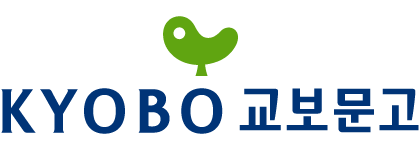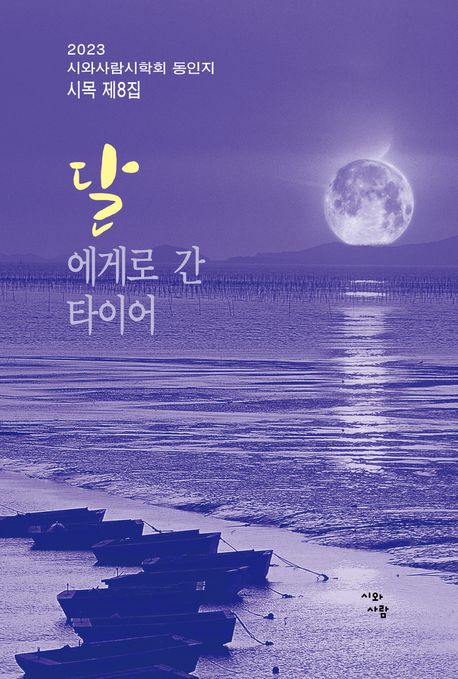Farewell to Confucianism from Korea
Sang-Yoon Lee | 시와사람
18,000원 | 20250925 | 9788956657875
Preface and Acknowledgements
I am not a historian or a scholar of the humanities. I am a medical doctor, born and educated in Seoul in the late twentieth century, and now living within a rich global network of mentors and friends while pursuing medical research in the twenty-first. This book is written in gratitude to those who broadened my perspective beyond Korea-centric pride in our own history and culture. I enjoyed writing with a certain independence from academic convention. To professional historians, the views expressed here may appear unorthodox or out of step with standard textbooks of Korean history. A word of caution: students preparing for university entrance examinations or corporate recruitment tests in Korea may do well not to take this author’s side.
Throughout, I have aimed at an approach that draws Korea’s history into the larger current of world events, rather than treating it in isolation. Some of the theories advanced here, for example, the claim of a Spanish origin behind the Japanese invasion of Korea in 1592, may strike readers as bold, perhaps even reckless. I may not have escaped the bias of my sources, but I have tried to balance them and present a fair account. My research was neither systematic nor exhaustive, relying heavily on personal memoirs and biographies. Yet I have neither invented nor falsified anything to support preconceived hypotheses. What I offer is an empirical perspective shaped by a physician’s training: Korea, and in particular the Joseon Kingdom of the nineteenth century, appears as a gravely ill patient suffering from an inherited disease. The illness was Confucianism.
This book might be read as a kind of clinical record, or even an autopsy report of the Joseon Kingdom in its decline. Like many patients, the kingdom’s fatal conditions were largely self-inflicted. Again and again, its leaders made the wrong choices, disregarded advice, and aggravated their own deterioration. Confucianism was both the ideology and distortion, shaping society in ways both constructive and destructive.
I will not attempt to summarize Confucianism here; the literature on the subject is already vast. For the reader’s orientation, however, it can be said briefly that Confucianism was an ancient system of autocracy and ambiguity in East Asia. Though Confucius lived in the fifth century BCE, contemporary with Socrates, he himself looked back nostalgically five centuries further to a world resembling Egypt under the Pharaohs. Korean Confucianists from the tenth century onward fabricated reasons why their society should adhere to the purest form of Confucianism, even as China itself drifted. In Korea, loyalty to Confucian hierarchy hardened into rigidity, stifling creativity and productivity.
Two of its most disastrous effects were the suppression of Hangul in official documents until the end of the dynasty, and the persecution of Catholics in the nineteenth century. The dynasty’s collapse displayed, like a full-color atlas of pathology, Confucianism’s malignancy. Tragically, the system was not dismantled by Korea’s own democratic revolution, but by Japanese conquest.
Viewing Confucianism as a disease also helps to explain the ascent of modern Japan. Since the American fleet under Commodore Perry landed in Yokohama in 1853, Japan faced repeated choices between tradition and modernization. In the end, it was a modified Confucianism that underpinned Imperial Japan and alienated it from other democratic powers, with ordinary Japanese themselves becoming victims of its distortions, even as their government pursued aggressive expansionist policies on neighboring peoples. For Koreans under Japanese rule from 1905 to 1945, the continuity of authoritarianism rooted in Confucianism was obvious. It is no surprise that after liberation, no one wanted to restore Korea’s dynastic heritage.
The twentieth century was Korea’s greatest era. Industrialization and democratization advanced together. People became healthier, taller, and freer. Korea is now among the safest in the world, even while formally still at war. Every positive change followed de-Confucianization: abolition of hereditary privilege, establishment of gender equality, and religious freedom. Modern education accelerated mechanization and living standards. Korea achieved all this without civil war, religious conflict, generational strife, or separatist rebellion. The Korean War, historians agree, was an externally imposed event, planned and directed from Moscow.
Why then raise Confucianism again? Because these achievements apply only to the South. North Korea remains a Confucian dynasty in disguise, disturbingly similar to Joseon. When reunification comes, South Koreans will face urgent questions: how to uproot the Confucian mindset in the North, and how to rehabilitate what is sound.
Recent Korean politics, especially the turmoil surrounding Yoon Seok-yeol’s troubled presidency, have stirred sharp debate both at home and abroad. What may appear to be a sudden crisis is better seen as part of a longer pattern, where old traditions and ideas still have enormous bearing on public life. This book examines those deeper roots, showing how Confucian customs have shaped Korea’s politics and held back change. Still, there have been important steps forward: in 1948, Korea wisely granted voting rights to all men and women.
This work is not a professional academic project supported by a research team. Comprehensive citation of books and databases lay beyond my reach. I relied heavily on travel, visiting sites in Korea and Japan, and on public resources such as Wikipedia. Its multilingual articles, in English, Japanese, Korean, Chinese, French, and Russian, proved especially valuable for their differences in nuance, which often revealed more than the similarities. I drew carefully on Japanese publications, aware of distortions, as I did with Korean ones. Nationalism must not corrupt history.
Digital access to Korea’s historical archives has been indispensable. What was once available only in classical Chinese hardcopy is now searchable, bilingual, and even multilingual:
ㆍNational Institute of Korean History: https://www.history.go.kr/
ㆍKorea Heritage Service: https://www.heritage.go.kr/
ㆍNational Museum of Korea: https://www.museum.go.kr/
I owe an immeasurable debt to mentors and colleagues. The presence of Professor Emanuel Pastreich, former long-term resident of Seoul now living in Tokyo, encouraged me: if an American can master classical Korean texts, why should a Korean not attempt to write modern history in English? Steven Brunton, whose broad cultural view and guidance in revision helped me give clearer form to the manuscript. Dr. Susan Pitman-Lowenthal has been a constant partner in dialogue across Seoul, Tokyo, Hong Kong, Zurich, New York, and Boston, helping me shape the very purpose of this project.
I am grateful as well to friends in Japan, Canada, the United Kingdom, France, Germany, Austria, Poland, and Russia, for their continuous inspiration and encouragement. I hold especially dear my memory of the late Professor Akaza Hideyuki of the University of Tokyo, who treated me like both a student and son. Wisdom ignores borders.
For physicians, research aims at understanding disease within the individual patient. Cure is often impossible, but early recognition and intervention can save lives. If readers agree that Korean history is not unique, but part of the larger human chronicle, and that its lessons can apply elsewhere, then this work has achieved its purpose. The old disease may resurface; we must remain vigilant.
Sang-Yoon Lee
Seoul, 2024-2025








